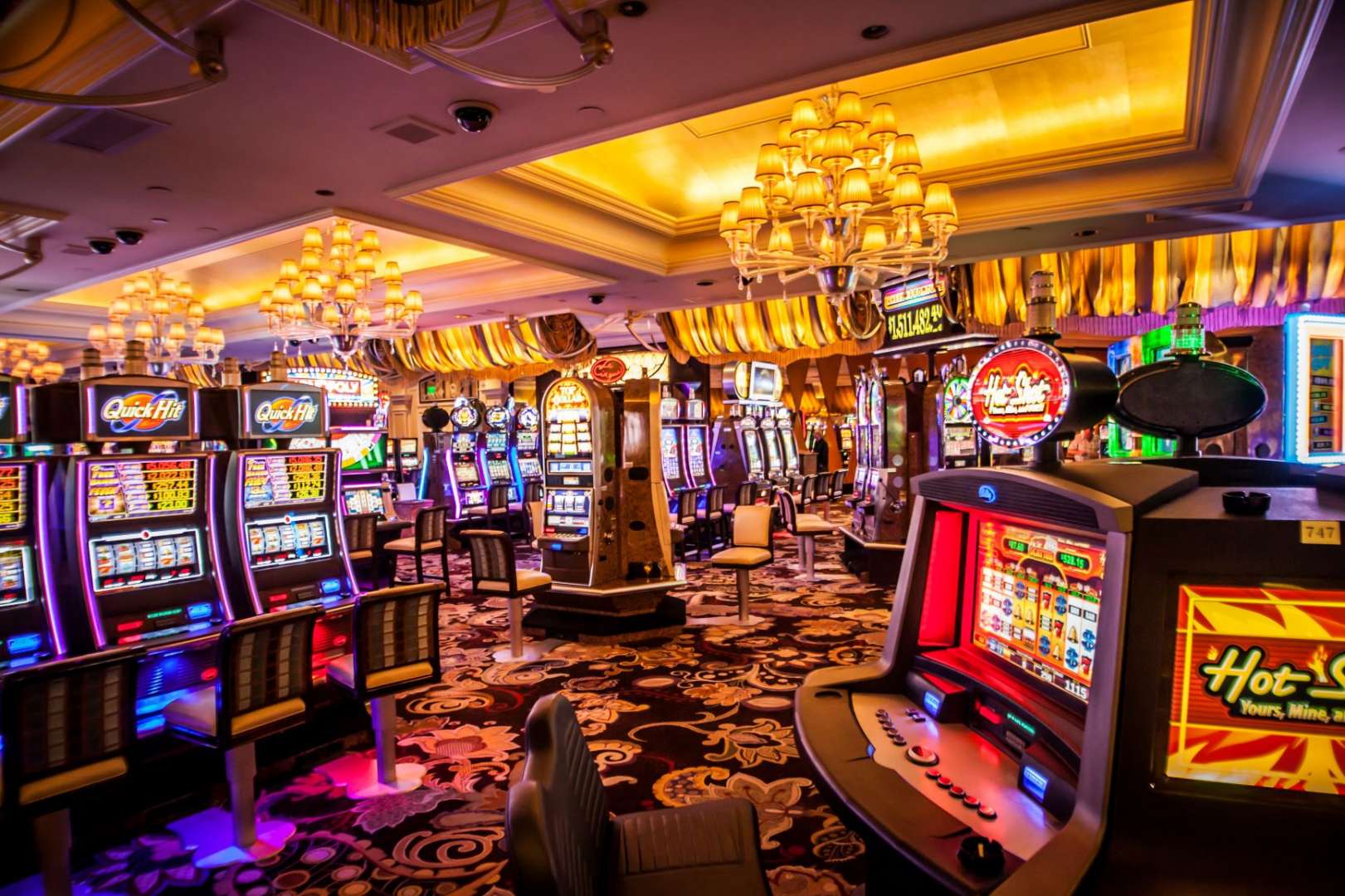
Casino experiences have long captivated people’s attention, drawing participants into a realm filled with fortune, planning, and the allure of adventure. Each game is carefully crafted not just for enjoyment, but also to elicit specific emotional responses that keep players involved and committed. Understanding the drives behind these designs reveals much about how human psychology plays a vital role in the gaming experience.
From the dazzling lights and vibrant sounds to the sophisticated layering of guidelines and payoffs, casino games are designed to create an atmosphere of anticipation and anticipation. Game designers leverage behavioral strategies to influence participant behavior, whether through the use of winning opportunities, almost wins, or social interactivity. By examining these elements, we can better appreciate how casino games fulfill not just a need for entertainment, but underlying psychological needs for thrill and hazard.
Comprehending Player Actions
Casino games are crafted with a profound comprehension of gamer psychology, which is essential for luring and keeping players. The thrill of the game, alongside the hope of winning, produces a formidable attraction. Game designers utilize elements like sonic elements, colorful graphics, and immersive gameplay to engage attention and evoke emotional responses. These sensory experiences enhance the total environment, making players feel more involved in the game.
Another important aspect of player behavior is the concept of risk/reward dynamics. Casino games often manage high-stakes situations with the potential for substantial rewards, which can result in the phenomenon known as near-miss phenomenon. When players come within reach to winning, the brain releases dopamine, reinforcing their behavior and encouraging them to continue playing in quest of that fleeting win. This cycle of anticipation and disappointment plays a key role in how games are designed and advertised.
Lastly, social elements also play a critical role in player behavior at casinos. Many games are crafted to be played in groups or alongside other players, nurturing a sense of community and collective experience. The social interaction inherent in games like poker enhances enjoyment and can result in prolonged gaming periods. Designers take advantage on this by creating environments that encourage players to remain, connect, and return, making the overall casino experience more attractive.
The Role of Imagery and Audio
Imagery and audio play a vital role in enhancing the player’s experience within casino games. Designers utilize bold colors, eye-catching graphics, and engaging animations to capture gambler’s attention and sustain their focus. The use of themes, such as adventure or luxury, helps create an immersive atmosphere that transports players into another world. By connecting to the senses, these elements contribute to a intensified emotional response, encouraging players to engage more deeply with the games.
Sound design is just as important in reinforcing the experience of casino games. The mix of background music, audio effects for winning combinations, and environmental noises creates an auditory landscape that keeps players fascinated. hit club Sounds associated with victories, such as ringing bells or festive music, evoke feelings of thrill and satisfaction, prompting players to continue playing. These audio cues are carefully placed to amplify the excitement of the game and create a more engaging experience.
Additionally, the alignment of imagery and audio is essential for reinforcing the game’s overall concept and mood. Each element should coordinate harmoniously to create a unified experience that draws players in. The effective use of this integration not only enhances user satisfaction but also increases the likelihood of return play, as players become more engaged in the captivating world that the gambling games offer. This thoughtful combination of imagery and sound ultimately enhances player involvement and loyalty.
Reward Structures and Engagement
The design of gambling experiences greatly depends on incentive systems to keep participants engaged and returning for additional experiences. These structures are rooted in psychological theories that take advantage of human nature and motivation. Players are often motivated by the excitement of success, which is reinforced by immediate feedback through the game’s design. This prompt satisfaction not only improves the overall experience but also cultivates a sense of achievement, prompting participants to continue participating in hopes of greater gains.
Casinos adopt various incentive systems, such as jackpots, extra rewards, and multipliers, to captivate participants. These features create a level of excitement that sustains engagement. Additionally, the randomness of outcomes plays a crucial role in keeping attention. The intermittent reinforcement schedule, where wins are random but happen often enough, maintains participants on edge and driven to continue participating. This cycle of hope and anticipation is essential to the effectiveness of casino games.
Furthermore, community aspects, such as tournaments and multiplayer features, boost the engagement factor by tapping into the competitive nature of players. The shared experience of playing with others can intensify the excitement of success and create a community atmosphere within the gaming space. By combining these community elements with effective incentive structures, gambling experiences not only offer entertainment but also foster a stronger bond among participants, reinforcing their commitment to the overall experience.